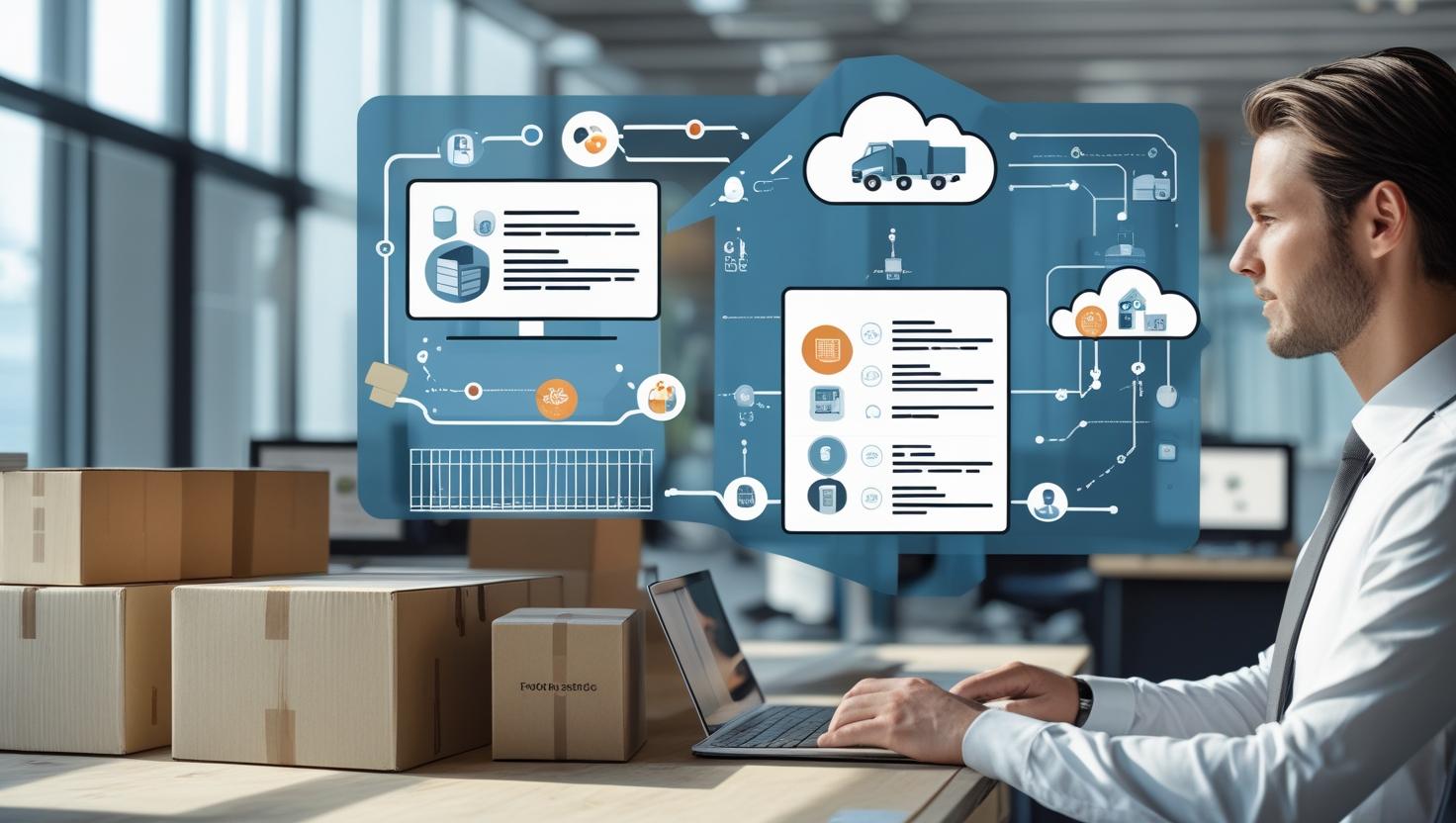Smart Water Management with IoT: Key Solutions and Benefits

Strong 8k brings an ultra-HD IPTV experience to your living room and your pocket.
Water scarcity affects over 2.3 billion people worldwide, according to the United Nations. Traditional water management systems often fail to detect leaks, monitor consumption, or optimize usage. Studies show that leakage accounts for up to 30% of urban water loss. With growing demand, efficient water management has become critical.
The Internet of Things (IoT) offers innovative solutions to monitor, analyze, and optimize water distribution. By integrating IoT sensors, cloud platforms, and real-time analytics, cities and industries can reduce wastage and improve efficiency. This article explores IoT-driven water management, its key solutions, and its benefits.
Key IoT Solutions for Smart Water Management
1. Real-Time Water Quality Monitoring
Water quality monitoring is crucial for ensuring safe drinking water and preventing contamination. IoT-enabled sensors measure key parameters such as pH, turbidity, temperature, and dissolved oxygen. These sensors send real-time data to cloud platforms for analysis, enabling quick responses to contamination threats.
How It Works:
- Sensors are installed in water sources, treatment plants, and distribution systems.
- Data is transmitted to a central monitoring system via LoRaWAN, NB-IoT, or Wi-Fi.
- AI-powered analytics detect anomalies and generate alerts if contamination is detected.
- Authorities can take corrective actions, such as flushing pipes, adjusting chemical treatments, or issuing public warnings.
Example: In Flint, Michigan, IoT-based water quality monitoring helped detect lead contamination early, prompting corrective actions.
| Parameter |
Ideal Range |
| pH Level |
6.5 - 8.5 |
| Turbidity (NTU) | |
| Dissolved Oxygen (mg/L)
|
> 5 |
2. Smart Water Meters
Traditional water meters require manual readings and provide no real-time usage insights. Smart water meters address these limitations by tracking consumption in real-time and providing data on leaks, usage trends, and billing accuracy.
Features of Smart Water Meters:
- Wireless Communication: Uses LoRaWAN, NB-IoT, or Zigbee to transmit data.
- Leak Detection: Identifies abnormal water usage patterns.
- Automated Billing: Ensures accurate, real-time billing based on consumption.
- User Alerts: Notifies consumers of unusual water consumption.
Example: In Singapore, smart meters reduced water wastage by 10% by identifying leaks early and encouraging responsible consumption.
3. Automated Leak Detection
Water utilities lose 6 billion gallons of treated water daily due to leaks. IoT-powered leak detection systems use acoustic sensors and AI algorithms to identify leaks in pipelines before they become major issues.
How It Works:
- Acoustic Sensors: Detect vibrations or sounds indicating leaks.
- AI and Machine Learning: Analyze sound patterns and differentiate leaks from normal water flow.
- Cloud-Based Alerts: Notify maintenance teams about potential leaks.
Example: Water utilities in California implemented IoT-based leak detection and reduced pipeline losses by 25%, saving millions of gallons annually.
4. IoT-Based Irrigation Systems
Agriculture accounts for 70% of global freshwater use. IoT-based smart irrigation systems ensure efficient water usage by adjusting supply based on soil moisture levels, weather forecasts, and crop requirements.
How It Works:
- Soil Moisture Sensors: Measure moisture levels in real-time.
- Weather Data Integration: Prevents irrigation before rainfall.
- Automated Valves: Adjust water supply as needed.
- Mobile App Control: Allows farmers to monitor and control irrigation remotely.
Example: Farmers in India using IoT-based irrigation reported 30% lower water consumption while maintaining crop yields, reducing costs, and conserving resources.
5. Predictive Maintenance for Water Infrastructure
IoT-powered predictive maintenance helps prevent infrastructure failures in pumps, pipes, and valves by analyzing vibration, pressure, and flow data. This reduces downtime and maintenance costs while ensuring a reliable water supply.
How It Works:
- IoT Sensors: Monitor equipment performance continuously.
- AI Algorithms: Predict failures before they occur.
- Automated Alerts: Notify operators about maintenance needs.
- Preventive Actions: Scheduled repairs reduce unexpected breakdowns.
Example: In the UK, predictive maintenance using IoT reduced pipeline failures by 20%, minimizing service disruptions and repair costs.
Benefits of IoT-Based Smart Water Management
1. Reduced Water Wastage
- Early leak detection prevents major water loss.
- Smart meters help consumers manage consumption efficiently.
2. Improved Water Quality
- Real-time monitoring ensures early contamination detection.
- Automated alerts help authorities take immediate action.
3. Cost Savings
- Reduced operational costs due to predictive maintenance.
- Lower water bills for consumers using smart meters.
4. Enhanced Sustainability
- Smart irrigation conserves water in agriculture.
- Efficient water distribution reduces environmental impact.
5. Data-Driven Decision Making
- Real-time insights help municipalities optimize water supply.
- AI-powered analytics improve long-term resource planning.
Role of an IoT Development Company in Smart Water Management
Implementing IoT in water management requires customized sensors, cloud integration, and AI-driven analytics. An IoT development company provides expertise in sensor deployment, data analytics, and automation to ensure effective water management.
Key Services Provided:
- Custom IoT Solutions: Tailored systems for water utilities, municipalities, and industries.
- Secure Data Transmission: Encryption and edge computing ensure reliable data protection.
- AI and Machine Learning Integration: Advanced models analyze usage patterns and predict future demands.
How IoT Development Services Help Water Utilities
1. Custom IoT Solutions
IoT development services design tailored solutions for specific water management challenges, such as remote monitoring and real-time alerts.
2. Secure Data Transmission
With edge computing and encrypted communication, IoT systems ensure secure data exchange between devices and cloud platforms.
3. AI and Machine Learning Integration
Advanced AI models analyze water usage patterns and predict future demands, helping utilities optimize supply.
Conclusion
IoT-based smart water management is transforming how cities, industries, and farmers use water. With real-time monitoring, automated leak detection, and AI-driven analytics, these solutions reduce wastage, improve efficiency, and lower costs.
For businesses looking to implement smart water solutions, partnering with an IoT development company like HashStudioz ensures customized, scalable, and secure IoT systems. Contact HashStudioz today to explore IoT development services that enhance water management efficiency.
Note: IndiBlogHub features both user-submitted and editorial content. We do not verify third-party contributions. Read our Disclaimer and Privacy Policyfor details.







